Better Vet Visits
BoosterPet’s own Shyla Johnson has put some tips together for how you can help your little one have better vet visits:).
Have you ever had a pet that was nervous at the vet? Maybe hid under a chair or even snapped at a technician during a routine procedure? Fear based behaviors are commonly seen at any veterinary office, groomer or boarding facility and can be observed on a spectrum of severity. Dogs and cats are intelligent and sensitive animals that can be overwhelmed by sights, sounds and smells in these environments. Stressed pets can be at a disadvantage for care too, examinations may be kept to a minimum based on a pet’s tolerance or treatments forgone. Behavioral wellness is an important part of our pet’s health. The good thing is that we as owners and pet professionals absolutely have the power and resources available to help make better vet visits happen.
Whether our goal is to start our puppies and kittens on the road for success or help make our next visit easier for a nervous pet, any animal can benefit from husbandry training. Important things to remember are time and patience;
Allow yourself time before a visit to introduce and practice a skill before it is needed
Keep sessions short, training should be fun for you and the pet and can be most effective keeping around 3-5 minutes, this also makes it easier to integrate it into your daily schedule.
Shaping behavior means making gradual steps towards our end goal and that occurs with repetition and going at the pace the animal is comfortable with. We don’t expect anyone to be a pro at nail trims in one session.
Listening to your pet. Progress is very much individual and some pets may learn a skill faster or slower than our initial plan it is important to keep training rewarding and move at the pace that sets them up for success.
Helpful Behaviors with Practical Applications
Stationing on a mat: This stationing behavior can be helpful to give our pet somewhere to relax while waiting in the office.
https://veterinarypartner.vin.com/default.aspx?pid=19239&catId=102897&id=10052074
Step up: Stepping onto the scale is often the first step at the office and can set the tone for the rest of your pet’s visit. Building your pet’s confidence stepping onto different surfaces can help them feel comfortable performing this task in the vet office. Starting with our mat training we can add height gradually and practice this behavior on different surfaces. Teaching our pets to confidently step up on a low platform and apply this to that vet office scale.
Chin rests: This is a target behavior where the dog stands and rests their muzzle in your hand. Teaching a chin rest can be a helpful behavior for cooperative examinations and vaccinations, it gives the dog a task that has been reinforced to perform and focus on and puts them in a good position for veterinary staff to perform treatments.
https://drsophiayin.com/blog/entry/teaching-chin-rest-to-dogs/
Additional Resources
https://www.leaderdog.org/blog/cooperative-care-training-your-dog-the-low-stress-way/
Kikopup channel on YouTube
Books: Control Unleashed, Puppy Start Right, Cooperative Care: Seven Steps to Stress-Free Husbandry
